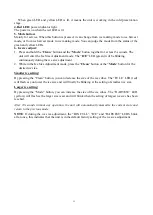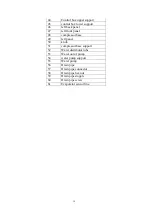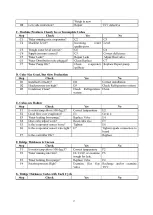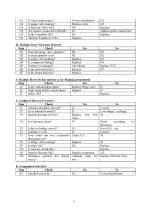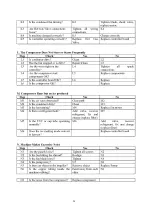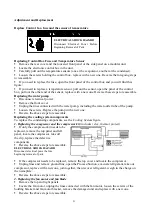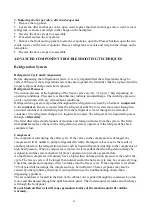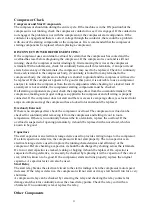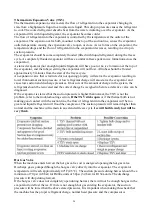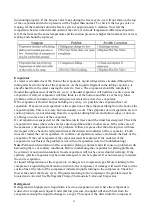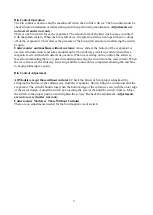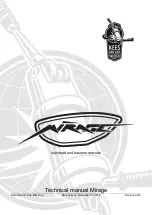
24
Thermostatic Expansion Valve (TXV)
The thermostatic expansion valve meters the flow of refrigerant into the evaporator changing its
state from a highpressure liquid to a lowpressure liquid. This drop in pressure causes the refrigerant
to cool. The cooled refrigerant absorbs heat from the water circulating over the evaporator. As the
evaporator fills with liquid refrigerant, the evaporator becomes colder.
The flow of refrigerant into the evaporator is controlled by the temperature at the outlet of the
evaporator. The expansion valve bulb, mounted to the top of the suction line, senses the evaporator
outlet temperature causing the expansion valve to open or close. As ice forms on the evaporator, the
temperature drops and the flow of refrigerant into the evaporator decreases, resulting in a drop in
suction pressure.
The evaporator should become completely flooded (filled with liquid refrigerant) during the freeze
cycle. A completely flooded evaporator will have a uniform freeze pattern (ice formation across the
evaporator).
A starved evaporator (not enough liquid refrigerant) will have poor or no ice formation at the top of
the evaporator, and the tube(s) exiting the evaporator will not frost. All tubes should be frosted
approximately 5 minutes from the start of the freeze cycle.
An expansion valve that is restricted or not opening properly will starve the evaporator resulting in
lower than normal suction pressure. A low refrigerant charge will also starve the evaporator and
cause low suction and discharge pressures. If not sure of the amount of charge in the system, the
refrigerant should be recovered and the correct charge be weighed in before a defective valve can be
diagnosed.
If the evaporator is starved but the suction pressure is higher than normal, the TXV is not the
problem, refer to the troubleshooting section.
If the TXV sticks open
or if the thermal bulb is not
making good contact with the suction line, the flow of refrigerant into the evaporator will be too
great and liquid refrigerant will flood the compressor. The suction pressure will remain higher than
normal and the machine will remain in an extended freeze cycle.
Ice will build evenly but will be
very thick
.
Hot Gas Valve
When the machine enters harvest the hot gas valve coil is energized opening the hot gas valve.
Discharge gas is pumped through the hot gas valve directly into the evaporator. The evaporator
temperature will reach approximately 40°F (4.5°C). The suction pressure during harvest should be a
minimum of 70 psi (4.8 bar) for R404a units or 50psi (3.4 bar) for R134a units. The discharge
pressure will drop during harvest.
If the hot gas valve does not completely open during harvest, there will not be enough hot gas in the
evaporator to defrost the ice. If there is not enough hot gas entering the evaporator, the suction
pressure will be lower than the above stated pressures. It is important when making this check that
the machine has the proper refrigerant charge, normal head pressure and the compressor is
Summary of Contents for MIM1000
Page 1: ...1 Automatic Ice maker Service manual MIM452 MIM600 MIM1000...
Page 5: ...5 Cooling System...
Page 9: ...9 Wiring Connection...
Page 12: ...12 Exploding Drawing...
Page 16: ...16...
Page 17: ...17...
Page 18: ...18...
Page 19: ...19...
Page 20: ...20...


